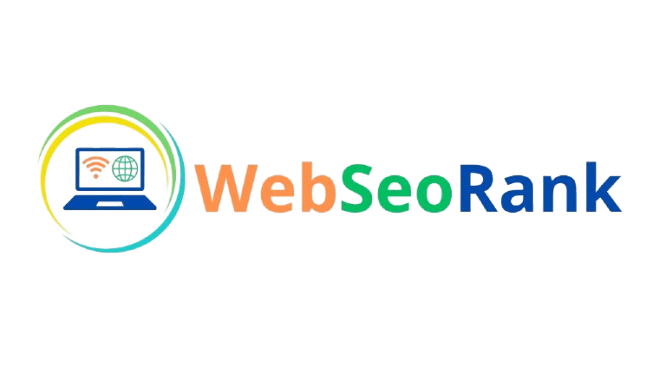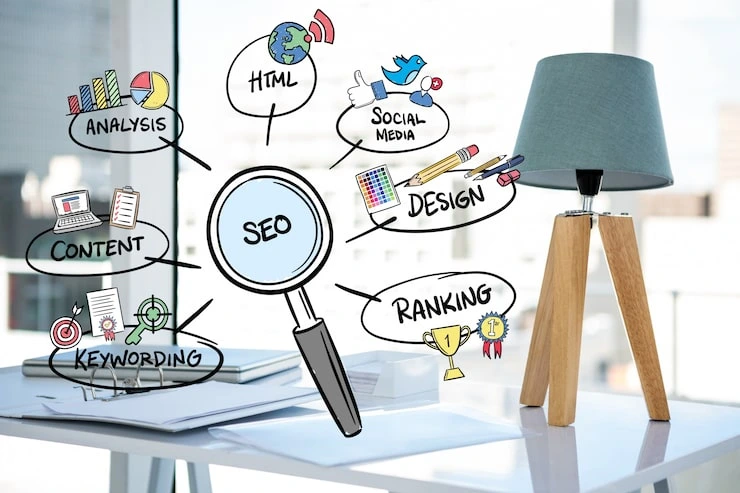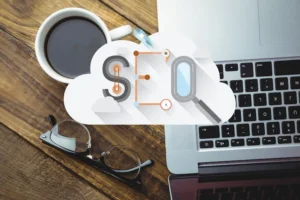In digital marketing, on-page SEO is vital in optimizing your website for search engines and improving its visibility to potential visitors. It involves applying techniques and strategies directly to your web pages to increase relevancy and your chances of ranking higher in search engine result pages (SERPs).
In this tutorial, we will learn about the importance of on-page SEO, provide you with a comprehensive checklist, explore the different types of on-page SEO and discuss its key factors.
Table of Contents
Why is on-page SEO important?
On-page SEO is of utmost importance as it directly affects the search engine ranking of your website. By optimizing your website content, HTML tags, meta descriptions, and URLs, you can ensure that search engines better understand your pages and display them prominently to users searching for relevant topics. It drives organic traffic to your site, increases visibility, and ultimately drives conversions and revenue.
On-Page SEO Checklist:
Keyword research: Identify relevant keywords and phrases your target audience will likely use in search queries.
Content Optimization: Create high-quality, informative, engaging content that naturally includes your target keywords. Use proper heading tags (H1, H2, etc.) and maintain a good keyword density.
Title Tags: Create catchy and keyword-rich title tags for each web page, keeping them within 60-70 characters.
Meta description: Write a unique meta description for each page, summarizing its content and encouraging users to click. Keep the length between 150-160 characters.
URL structure: Create clean, descriptive URLs with relevant keywords that reflect the page’s content hierarchy.
Header Tags: Use header tags (H1, H2, H3, etc.) to structure your content and highlight important sections logically.
Image Optimization: Optimize image file names and alt tags using relevant keywords to help search engines understand the visual content.
Internal Linking: Include internal links within your content to guide users to relevant pages on your website, improve user experience, and spread link authority.
User-friendly navigation: Ensure easy navigation through your site by organizing menus and implementing a user-friendly site structure.
Mobile-Friendly: Design your website to be responsive and mobile-friendly, providing a seamless experience on various devices.
Page load speed: Optimize your site’s loading times by compressing images, minifying code, and using caching techniques.
Social Sharing: Encourage social sharing by including social media buttons, so users can easily share your content.
Types of On-Page SEO:
Content Optimization: Focuses on optimizing the textual content of your web pages, including keyword research, keyword placement, and quality writing.
HTML Optimization: Optimizes HTML elements such as title tags, meta descriptions, header tags, and URLs to improve their relevance and visibility.
Image optimization: Ensures images are appropriately sized, compressed, and tagged with relevant alt text.
Internal linking: Strategically linking your web pages to improve navigation, user experience, and search engine crawl.
On-page SEO in Digital Marketing:
In digital marketing, on-page SEO is fundamental in improving organic search visibility. By implementing on-page SEO techniques, businesses can increase their website’s chances of ranking higher in search results, attract more targeted traffic, and ultimately achieve their marketing goals.
Following this on-page SEO tutorial and implementing the checklist can optimize your website for search engines and maximize its online visibility.





Today, I went to the beach front with my kids.
I found a sea shell and gave it to my 4 year old daughter and said “You can hear the ocean if you put this to your ear.” She placed the shell to her ear and screamed.
There was a hermit crab inside and it pinched her ear.
She never wants to go back! LoL I know this is completely off topic but I had
to tell someone!